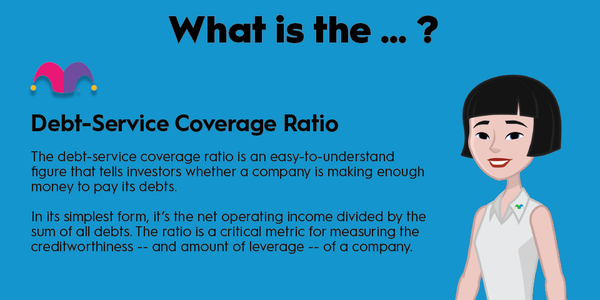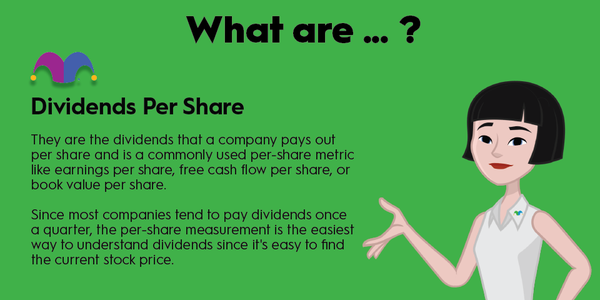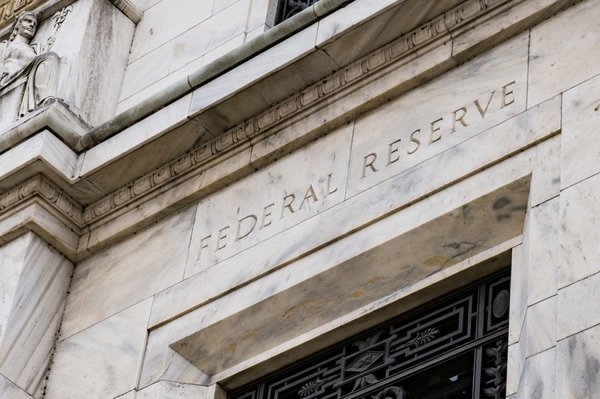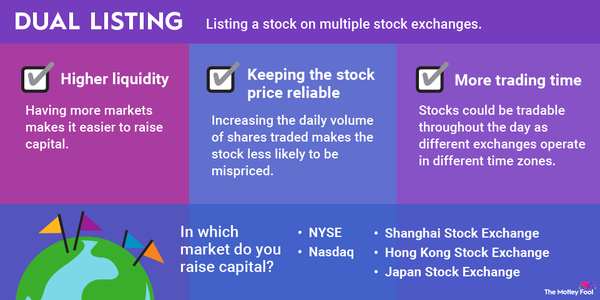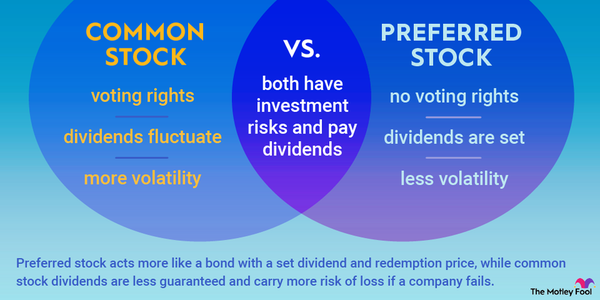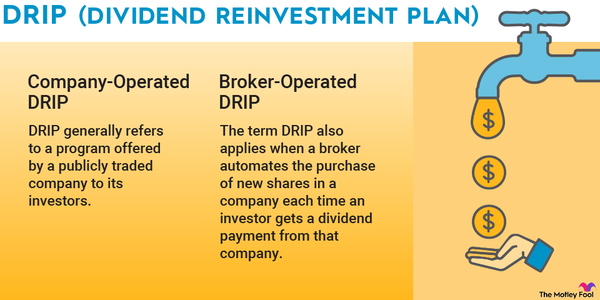The debt ratio is commonly used to measure a company's financial health and, more importantly, its trend. It represents the ratio of a company’s total debt to total assets. As such, a higher number is usually (but not always) seen as worse than a lower ratio. More on the unusual cases in a moment, but first, I'll flesh out why the ratio is so important.

What the debt ratio tells investors
What the debt ratio tells investors
A snapshot of a company’s financial position helps investors understand its ability to meet its debt obligations over the near and long term and its financial flexibility to invest and generate returns for investors. For example, a high debt ratio could spell trouble for a company being able to meet looming debt maturities. Similarly, a high debt ratio potentially calls into question a company’s solvency -- the ability to meet its near-term debt obligations.
The trend in the debt ratio matters
The trend in the debt ratio matters
In addition, the trend in the debt ratio is essential. It’s arguably more important than a snapshot of the debt ratio. For example, if a company’s debt ratio keeps rising over time, it implies that it needs to take on debt to buy assets to fuel growth.
A well-run company makes productive investments that generate good earnings and cash flow returns. A portion of these returns is typically plowed back into investment into new assets. Then the cycle of generating good earnings and cash flow returns on assets begins again.
In contrast, poorly performing companies often need to keep taking on debt to support unproductive investments that don’t generate the earnings and cash flow to be reinvested in high-return investments. This scenario often leads to more debt taken on board and a rising debt ratio. So in a sense, monitoring the debt ratio is a handy guide to the company's ongoing performance.
A higher debt ratio is not always bad
A higher debt ratio is not always bad
As noted earlier, it’s not always a good idea to compare two companies’ debt ratios and quickly conclude that the higher is “worse” than the other. In some cases, a higher ratio can be better than a lower one when comparing companies in different industries.
For example, a utility or consumer staple company could have a much higher debt ratio than a highly cyclical industrial company. However, the utilities and consumer staples tend to have much less volatile earnings and more reliable cash flows from one year to the next. As such, it makes sense that they can carry a higher relative debt load. On the other hand, a cyclical industrial needs to make sure it has a good debt ratio so it's not overburdened with debt obligations when it goes through an earnings trough.
In addition, investors need to consider where the company is in its growth cycle. An early-stage company can, and probably should, hold a higher debt ratio because it’s fueling future growth. In contrast, a mature cash-generating company arguably doesn’t need such a high debt ratio because it should fund growth from its cash flow.
Related investing topics
How investors can use the debt ratio
How investors can use the debt ratio
The examples above illustrate that the debt ratio must be put into the context of a company’s end markets and strategic positioning. For example, a conservatively run company with the potential to generate a good return on investment (via internal investment or external acquisitions) could have a relatively low debt ratio. In this case, the value creation opportunity lies in management taking on debt to fuel growth.
Alternatively, an aggressively run company could have a relatively high ratio, and the value creation opportunity lies in paring back investments and focusing more on sweating its existing assets and reducing debt.
In both cases, investors can monitor the debt ratio trend in the strategic plan's context. So while a snapshot of a debt ratio is helpful, it’s not the only thing to consider when investing in a stock.



